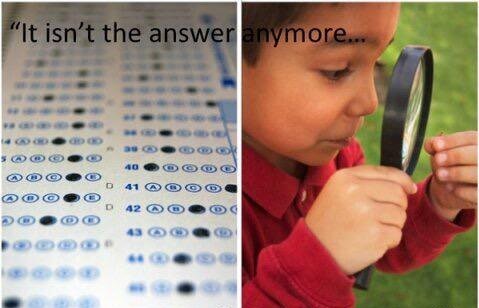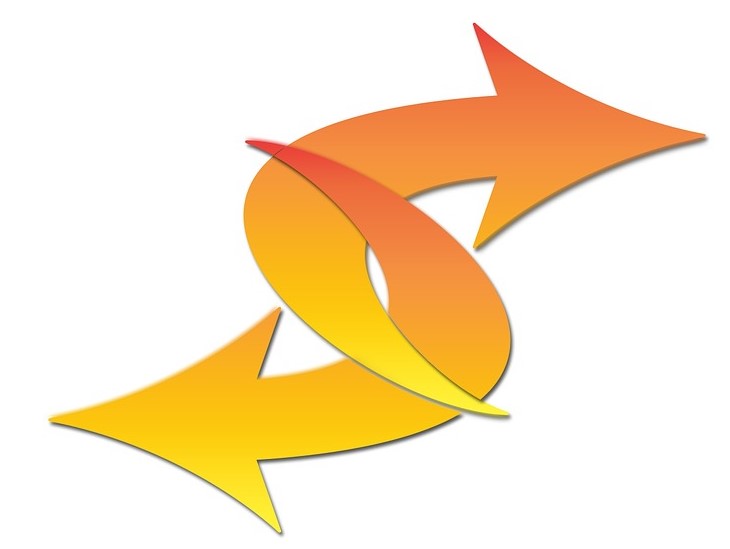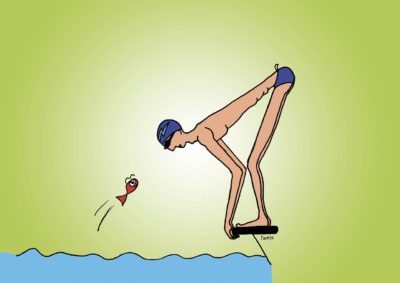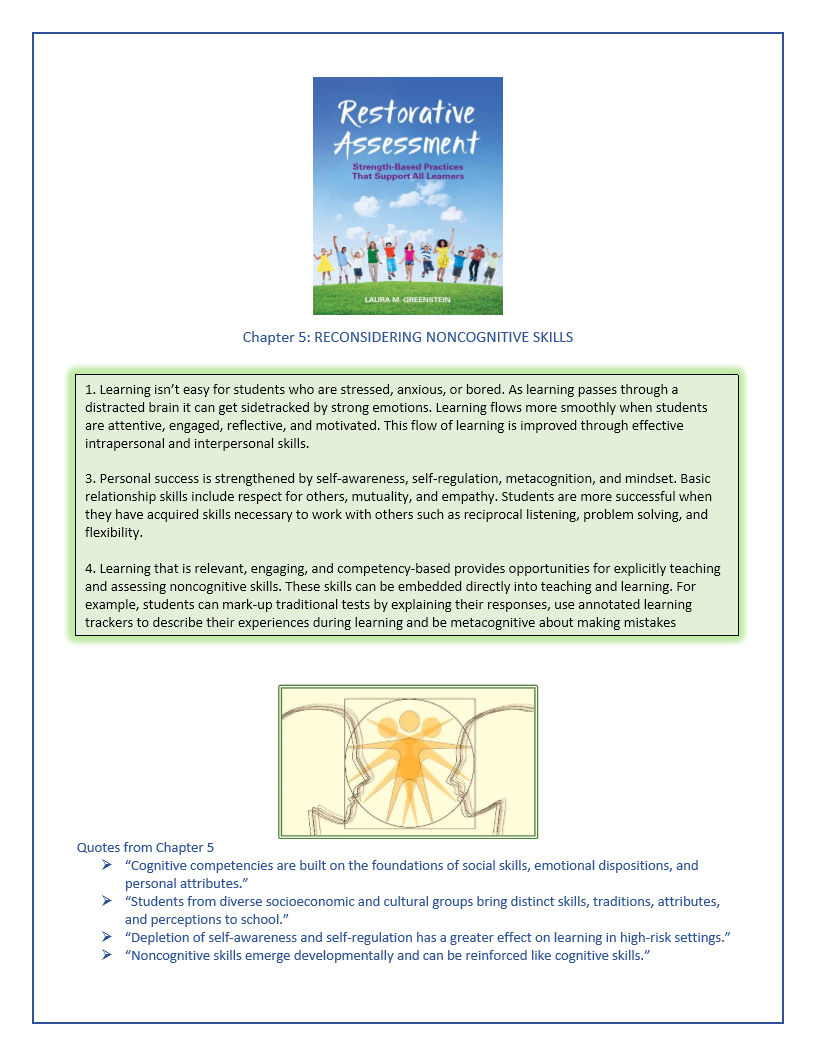ASSESSMENT TO REMEMBER

YOUR BRAIN ON ASSESSMENT
Just like everything you see, hear, and experience, assessment gets filtered through the emotional center of your brain. Deep within the limbic system, the amygdala and hippocampus respond to your moods, fears, and joys even before the learning is sent to neurons in the brain’s procedural and memory centers.
Thus, for many brains, the mere vocalization of the word TEST creates anxiety. This anxiety changes the interface of the brain from a learning stance to a fight or flight response. When this happens, the brain is bathed with cortisol and blood flows away from the frontal cortex (the thinking part of the brain) and flows into the primal flight or fight response center.
Alternatively, a brain working on an interesting and engaging project or assessment is in a state of what Mihaly Csikszentmihalyi calls Flow. An engaged brain is processing learning through multiple areas, relying on the prefrontal cortex for complex thinking, decision-making, and self-regulation.
Rather than causing stress, ASSESSMENT CAN STRENGTHEN MEMORY. Here’s how it works in the classroom:
Students Who Feel Emotionally Safe Learn Better
If students anticipate failure or have negative feelings about the topic or the person teaching it, they are less apt to transfer learning to long-term memory centers. Classrooms must be places where failure is seen as an opportunity, and there is respect for all types of learners and learning.
Explicitly Teach Stress Management Strategies
Children who experience sustained activation of their stress response systems are less able to regulate behavior. Their brains have more difficulty transferring learning to long-term memory centers. With your class, before a test, practice deep breathing by taking “belly” breaths and then relaxing as you let it out. Also consider ways to include movement, music, visualization, and creative opportunities within teaching and learning
Activate Multiple Levels of the Learning Taxonomy
Learning is generally developmental and typically sequential, proceeding from content knowledge to production of original ideas. Begin assessments with recall and understanding to develop student’s confidence then extend questioning into the meaning or applications of learning. Also include analysis of visual prompts, evaluation of alternative perspectives, or production of original diagrams.
Balance the Methods of Assessment
Some learners prefer to match a word with its definition while others would rather include the word in a sentence that demonstrates and elaborates their understanding. Consider offering multiple measures or giving students options for displaying their learning. Variety and choice can reduce stress, but be sure they are aligned with consistent standards, learning intentions, and success criteria.
Rely on Non-cognitive Foundations of Learning
For teachers and students, there is a great deal of pressure to cram loads of testable knowledge into learning. At the same time, it is essential to acknowledge the non-cognitive underpinnings of learning. Teach students that intelligence is malleable, mindset helps them learn from mistakes, and conscientiousness leads to progress, even when the going gets tough.
Warning- Standardized tests don’t build neurons.
We each have different dietary needs and exercise requirements to maximize our health. Likewise, diverse approaches to learning and assessment also have different purposes and outcomes. Reducing stress leads to more accurate assessment. Engaging learners sustains their attention and builds ownership. The outcomes are a win-win for all.

 Pre-assessment is an action or strategy at the start of instruction that reveals student’s incoming knowledge and skills and, in response, informs teaching and learning. It can occur at the start of a lesson, the beginning of a unit, or the introduction of a new idea, concept or skill. Think about the skilled baker who may have pre-measured all the ingredients only to discover that the bread is undercooked because the oven temperature wasn’t calibrated.
Pre-assessment is an action or strategy at the start of instruction that reveals student’s incoming knowledge and skills and, in response, informs teaching and learning. It can occur at the start of a lesson, the beginning of a unit, or the introduction of a new idea, concept or skill. Think about the skilled baker who may have pre-measured all the ingredients only to discover that the bread is undercooked because the oven temperature wasn’t calibrated.
 Postscript
Postscript Steven Covey’s (1989) first habit is to “Be Proactive,” and his second is to “Begin with the End in Mind.” In relation to learning and assessing he is asking us to think about where we are headed and how we will take responsibility for getting there. He recommends focusing on the things you can control: your thoughts, actions, and habits.
Steven Covey’s (1989) first habit is to “Be Proactive,” and his second is to “Begin with the End in Mind.” In relation to learning and assessing he is asking us to think about where we are headed and how we will take responsibility for getting there. He recommends focusing on the things you can control: your thoughts, actions, and habits.

 First Published on EdCircuit:
First Published on EdCircuit:

 Esmeralda announces:
Esmeralda announces:

 Assessment originates from the Latin assistere meaning to assist and from assidere meaning to sit beside. In this way assessment is an intentional process that improves learning by relying on the skilled and knowledgeable guidance of others. A test is only one a type of assessment: It provides merely a partial picture of student learning. Assessment has the potential to be a catalyst for learning. In the classroom, assessment can engage learners and spark learning by making it participatory, personal, and purposeful.
Assessment originates from the Latin assistere meaning to assist and from assidere meaning to sit beside. In this way assessment is an intentional process that improves learning by relying on the skilled and knowledgeable guidance of others. A test is only one a type of assessment: It provides merely a partial picture of student learning. Assessment has the potential to be a catalyst for learning. In the classroom, assessment can engage learners and spark learning by making it participatory, personal, and purposeful.
